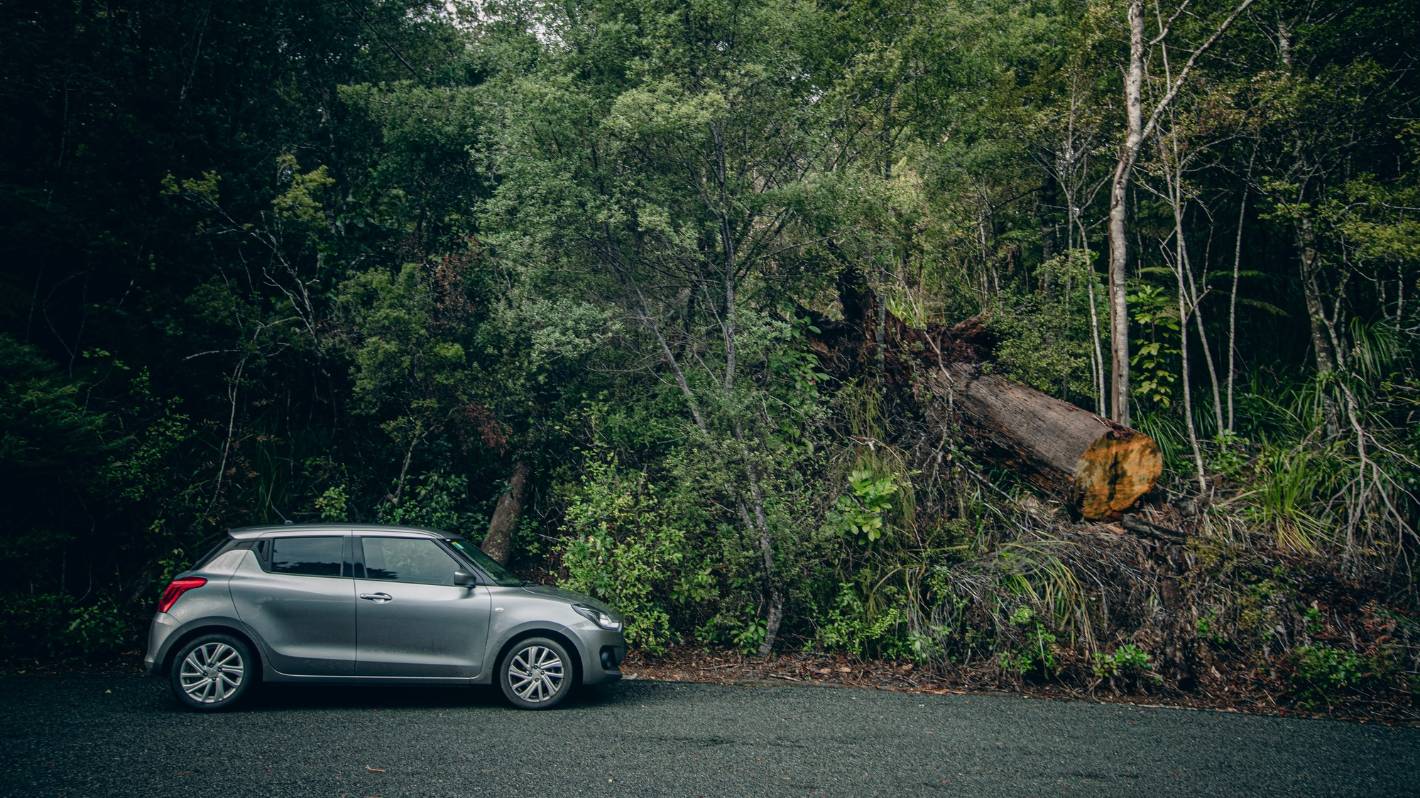Iwi, hapū and whānau will play a key role in protecting kauri trees as part of a National Pest Management Plan against kauri dieback, Biosecurity Minister Damien O’Connor says.
The national plan launched on Tuesday involves national co-ordination to fight Phytophthora agathidicida (PA), the pathogen that causes kauri dieback.
The fungus-like pathogen has no known cure and will kill most, if not all, of kauri trees infected – potentially killing whole ecosystems supported by the keystone trees.
The National Pest Management Plan includes 10 rules to stop the spread of PA and protect sensitive areas, backed by fines of up to $5000 for an individual or $15,000 for a company.
READ MORE:
* The Last Stand: Kauri protection to have national enforcement, fines
* The Last Stand: The sight near Tāne Mahuta that brings tears for the wrong reasons
* The Last Stand: Gatekeepers v ‘self-entitled’ walkers where nearly half kauri at risk
* The Last Stand: Death of kauri ‘would mean the death of our people’
The plan was launched by O’Connor and Associate Environment Minister James Shaw on Tuesday, some 14 months after first announcing the intention to do it.
Jason Dorday/Stuff
Just near Tāne Mahuta, in Northland’s Waipoua Forest, large kauri trees have had to be cut down and left to rot because of the risk of kauri dieback.
Funding of $32 million over five years was announced in May 2021 and Biosecurity New Zealand has since set up a management agency, Tiakina Kauri.
O’Connor said the national plan provided the strongest form of protection from kauri dieback disease under the Biosecurity Act and would ensure national collaboration and consistency.
“We have a duty to ensure this magnificent species endures for future generations and also for the health of our northern forests.”
A recent survey by Auckland Council in the Waitakere Ranges showed measures like track closures helped to stop the spread of kauri dieback – proven measures that could be rolled out nationally, he said.
Jason Dorday/Stuff
Te Roroa, led by general manager Snow Tane, is one iwi which is already playing an active hand in kauri protection in its rohe, which includes Waipoua Forest. (File photo)
A key focus of the funding would be to build the capacity and capability of mana whenua to lead local kauri protection, O’Connor said.
“Māori will be supported to lead kauri protection and funding will be provided to build capacity in iwi, hapū and whānau to deliver operationally.”
The work would build on baseline monitoring and surveillance already under way.
That involved assessing canopy health and doing aerial surveillance to determine where healthy kauri were and where infected kauri were.
As well as working with mana whenua, Tiakina Kauri would work with councils, central government agencies and non-government organisations to deliver a co-ordinated kauri protection strategy.
Associate Environment Minister James Shaw said the work already done in partnership with mana whenua, regional councils, and the Department of Conservation to boost protections had laid the groundwork for the future.
“That knowledge has informed the national plan, which is an important step forward for Aotearoa in protecting kauri and helping to ensure the survival of our native taonga.”
Tiakina Kauri will now lead the development of a National Operational Plan, which the Government plans to approve in October.




